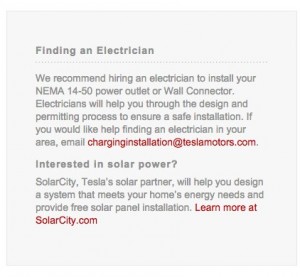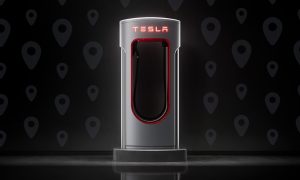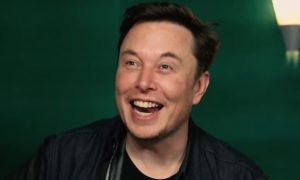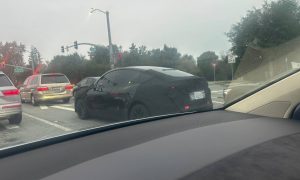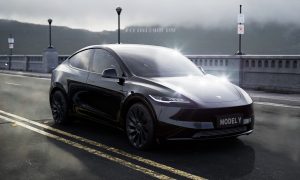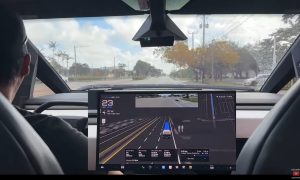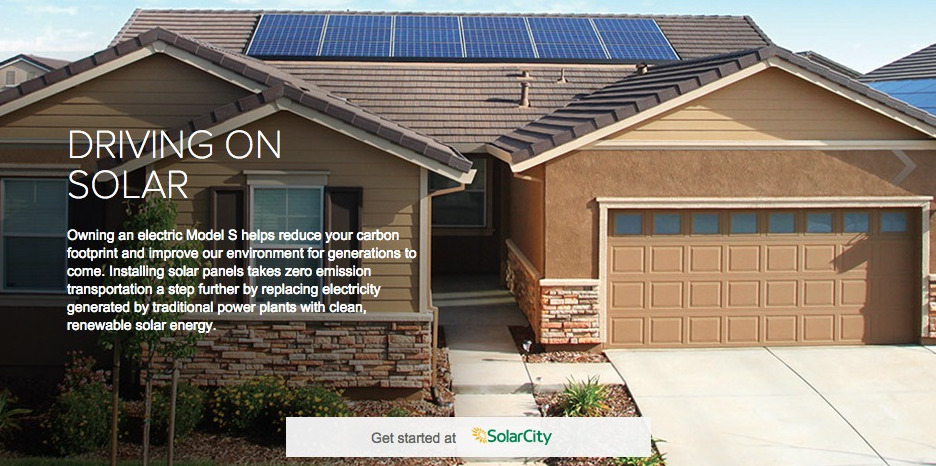
SolarCity reference from TeslaMotors.com
Shortly after ordering my Tesla Model S I contacted SolarCity, as referred through TeslaMotors.com, with the premise that I would be getting solar panels installed on my property. I wrote about the positive sales process that I experienced and wanted to round out the rest of the story through a multi-part series.
Background
I live on a horse farm in Massachusetts. We have one address, but two electric meters for accounting purposes. So, when I signed up for SolarCity I actually signed up twice – once for each meter.
We receive two plans with separate systems sized for the needs of each meter. The initial house plan was for a system to generate 24,000 kWh/year while the system for the farm would generate 21,000 kWh/year.
That’s where we left off with the sales process before moving onto the design process. That’s when things started to go sideways.
“What Tesla?”
Despite the fact that I signed up through the Tesla Motors site and mentioned several times I was getting a Tesla Model S, the additional energy usage was not considered in any of the planning. I was naïve at the time and hadn’t thought about how much the Tesla would actually affect my energy usage, and if you thought the SolarCity folks would be well-versed in this, they weren’t.
SolarCity knew little about what the Tesla Model S would consume in power.
When you initially sign up with SolarCity they collect all sorts of data from you. They collect a years worth of prior electricity bills; they perform a thorough site survey; they take 360 degree pictures from your roof, and they do a home energy assessment. In my case this was done twice since I had two meters across the properties. The design process sounds impressive but it was flawed.
The home energy assessment is generic and not very tailored to your exact situation. They provide generic advice about getting more efficient appliances and energy efficient bulbs and electronic devices, which to me was pure common sense. SolarCity’s break-even analysis was based off of those generic recommendations which, to me, made no sense. They also missed the fact I was getting a Tesla in all of the planning. My electricity usage was already high to begin with, and now with a Tesla Model S that would be seeing at least 30k miles a year, the Tesla would be a significant factor in my future energy use. It turned out that I needed about 30% more solar capacity to cover the Tesla.
After pointing this out to them and going through another round of engineering design rework, we ended up with a plan for a 37,000 kWh/year system for the house.
Commitment
Before I dive into the struggles that were encountered throughout the process, it’s important to note that my proposed system costs upwards of $170,000 distributed over 20 years, but with no upfront costs. One of the sales folks said the proposed combined system would be the largest residential system in New England.
All of this should have tipped me off to the troubles that would follow. But I figured with Elon Musk backing SolarCity and the company’s perception as the fastest growing full-service solar company, I was in good hands since they knew what they were doing. I was wrong.
More on SolarCity’s execution challenges in the part 2 of this series.


